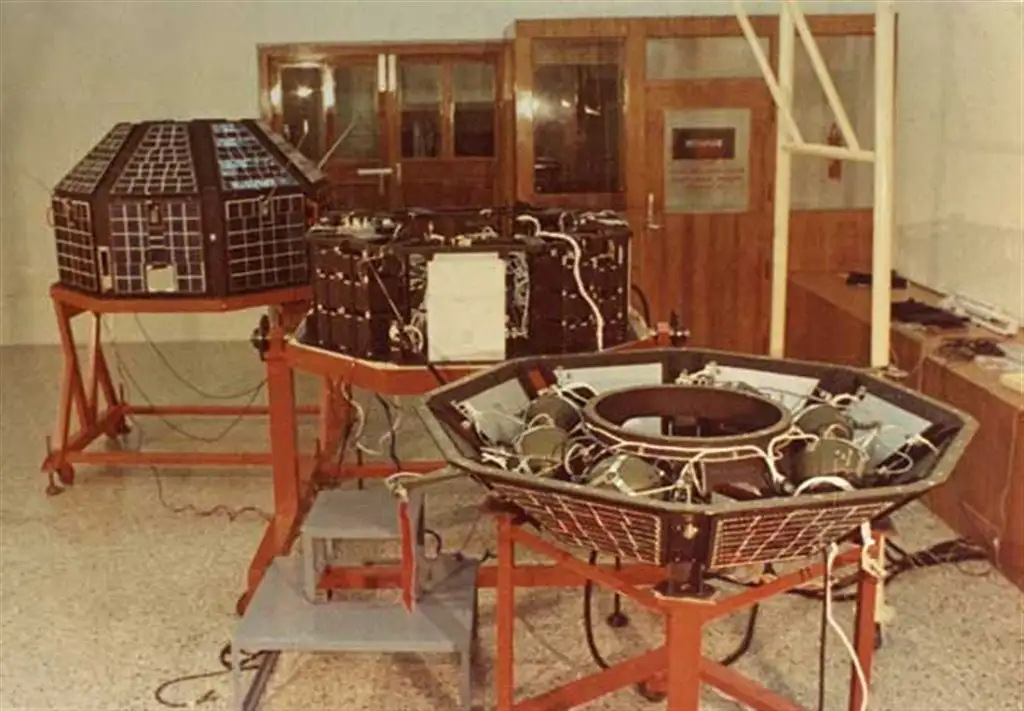INDIA'S FIRST SATELLITE
- Prakash Kumar
- Jun 10
- 2 min read
THE ARYABHATA SPACECRAFT - APRIL 19, 1975

The Aryabhata Spacecraft was named after the most famous astronomer, who was born in 476 AD in Kusumapura near Patliputra, which is now popularly known as Patna, then the capital of the Gupta Dynasty, and left our world with lots of knowledge in 550 AD.
The Aryabhata spacecraft, named after the famous Indian astronomer, was India's first satellite; it was completely designed and fabricated in India and launched by a Soviet Kosmos-3M rocket from Kapustin Yar on April 19, 1975.
India's first satellite was completely manufactured and designed in India, but it was launched by a Soviet Kosmos-3M rocket from Kapustin Yar on April 19, 1975, from Russia.
Aryabhata was completely built by India and, the first unmanned Earth Satellite. Peenya near Bangalore, this is the place where the Aryabhata Spacecraft was assembled. It was further launched from within the Soviet Union by a Russian-made rocket on April 19, 1975. Aryabhata was built to collect information and perform investigations in X-ray astronomy, measure neutrons and gamma rays from the Sun, and to explore conditions in Earth's ionosphere.
Launch Mass | 360 Kg |
Mission Life | Nearly 17 Years |
Power | 46 Watt C-1 Intercosmos |
Type of Satellite | Experimental |
Manufacturer | ISRO |
Owner | ISRO |
Mission | Scientific/Experimental |
Weight | 360 Kg |
On board power | 46 Watts |
Communication | VHF Band |
Stabilization | Spinstabilize |
Payload | X-ray Astronomy, Aeronomy & Solar Physics |
Launch Date | April 19, 1975 |
Launch Site | Volgograd Launch Station (Presently in Russia) |
Launch Vehicle | C-1 Intercosmos |
Orbit | 563 x 619 km |
Inclination | 50.7 deg |
Mission Life | 6 months (Nominal), Spacecraft mainframe active till March 1981 |
Orbital Life | Nearly 17 years (Re-entered on February 10, 1992) |
So, at last, subscribe to Rocketiya, the second satellite launched by ISRO.
Read the following topic - LIST OF TOP 10 MOST POWERFUL ROCKETS IN THE WORLD 2025.




Comments